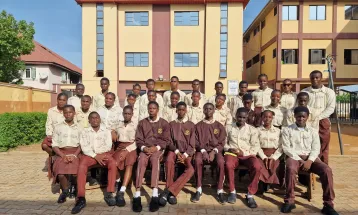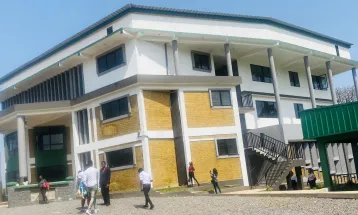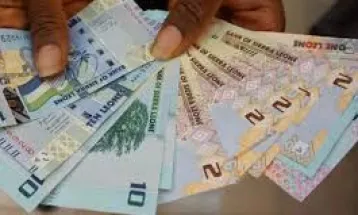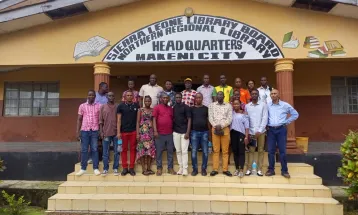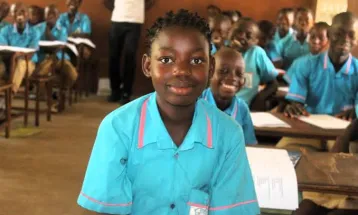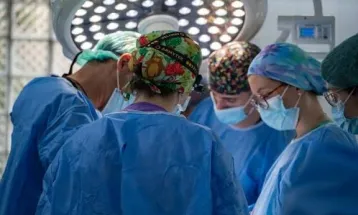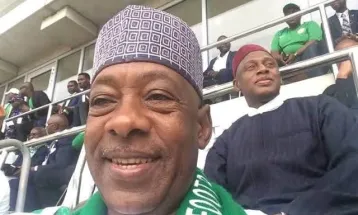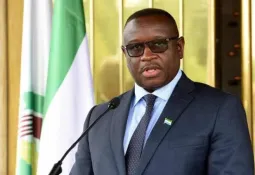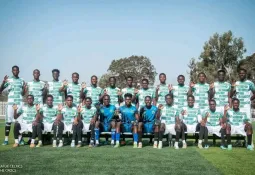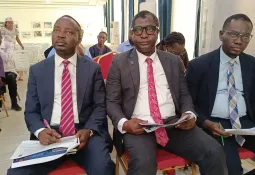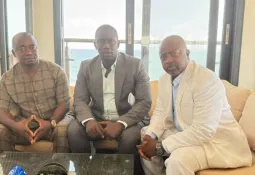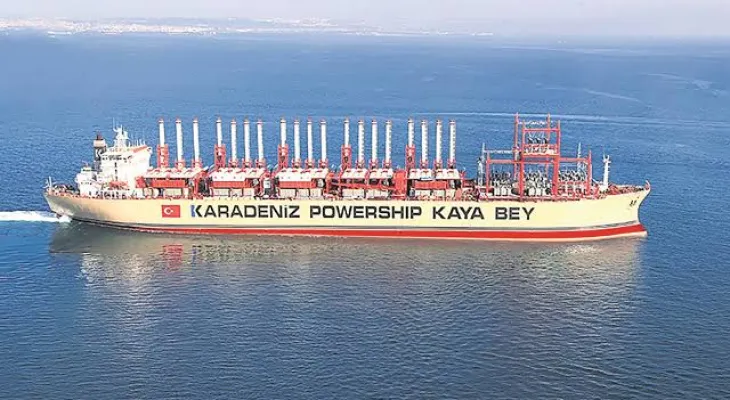
Sierra Leone’s Energy Nightmare: Over US$35 Million Paid to Karpowership Within 7 Months
In the heart of Freetown, Sierra Leone, amidst the bustling activity of Tower Hill, a pivotal moment unfolded in the Ministry of Foreign Affairs conference room. It was the 30th of April, 2024, a day marked by the weekly press conference hosted by the Ministry of Information and Civic Education. The focus of the day was on the energy and finance sectors, with Chief Minister David Sengeh, Dr. Eldred Tunde Taylor, Deputy Minister of Energy, and Mrs. Kadiatu Allie, Deputy Finance Minister, taking the spotlight.
As cameras rolled and reporters poised their pens, Mrs. Allie delivered a bombshell revelation. She disclosed that since September, the government had disbursed a staggering $36 million to Karpowership, the provider of Sierra Leone’s energy, with little discernible improvement in the country’s energy infrastructure. This disclosure sent shockwaves across the nation, casting doubt on the transparency and efficacy of the contract between the government and Karpowership.
Despite the substantial payments, Sierra Leoneans continued to grapple with erratic electricity supply, plunging them into darkness at inconvenient times. With operational capacity of less than 100 MW and only 130,000 connected customers, Sierra Leone's power sector teetered on the brink of collapse.
Adding insult to injury, Chief Minister David Sengeh attempted to deflect blame onto citizens, accusing them of electricity theft and non-payment of bills. However, this tactic failed to assuage the disgruntled populace, who demanded accountability and transparency from both the energy and finance sectors.
Tensions reached a crescendo in April when the country experienced a widespread blackout, leaving homes, businesses, and hospitals in darkness. Despite the government’s hefty payments to Karpowership, the promised resolution to the energy crisis remained elusive, further stoking public frustration and anger.
Amidst the turmoil, a ray of hope emerged with the announcement from the United States International Development Finance Corporation (DFC). The DFC board approved an increase in debt financing to support the development of thermal plants, injecting much-needed capital into Sierra Leone’s energy sector. Initially approved in 2021 for $217 million, the financing was now augmented to $292 million, offering optimism for a brighter future.
However, amidst the optimism surrounding US support, questions loomed large over the government’s failure to address the energy crisis for over six years. Despite pouring millions into Karpowership, the country remained shackled by unreliable electricity supply and exorbitant costs.
The root of the problem lay in mismanagement, incompetence, and a glaring lack of transparency within the energy and finance sectors. Instead of investing in sustainable solutions for self-generated electricity, the government opted for short-term fixes that enriched foreign contractors while leaving the populace in the dark.
The time for excuses and finger-pointing had passed. Sierra Leoneans demanded accountability, transparency, and decisive action from their government. It was time to break free from dependence and chart a new course toward energy independence and prosperity.
As the press conference concluded, the stark reality of Sierra Leone’s energy crisis reverberated through the halls of power. The spotlight was firmly fixed on the government, tasked with the monumental challenge of guiding the nation toward a brighter, more sustainable future. The road ahead would be arduous, but with determination, transparency, and unwavering resolve, Sierra Leoneans dared to dream of a tomorrow illuminated by the light of progress and prosperity.

